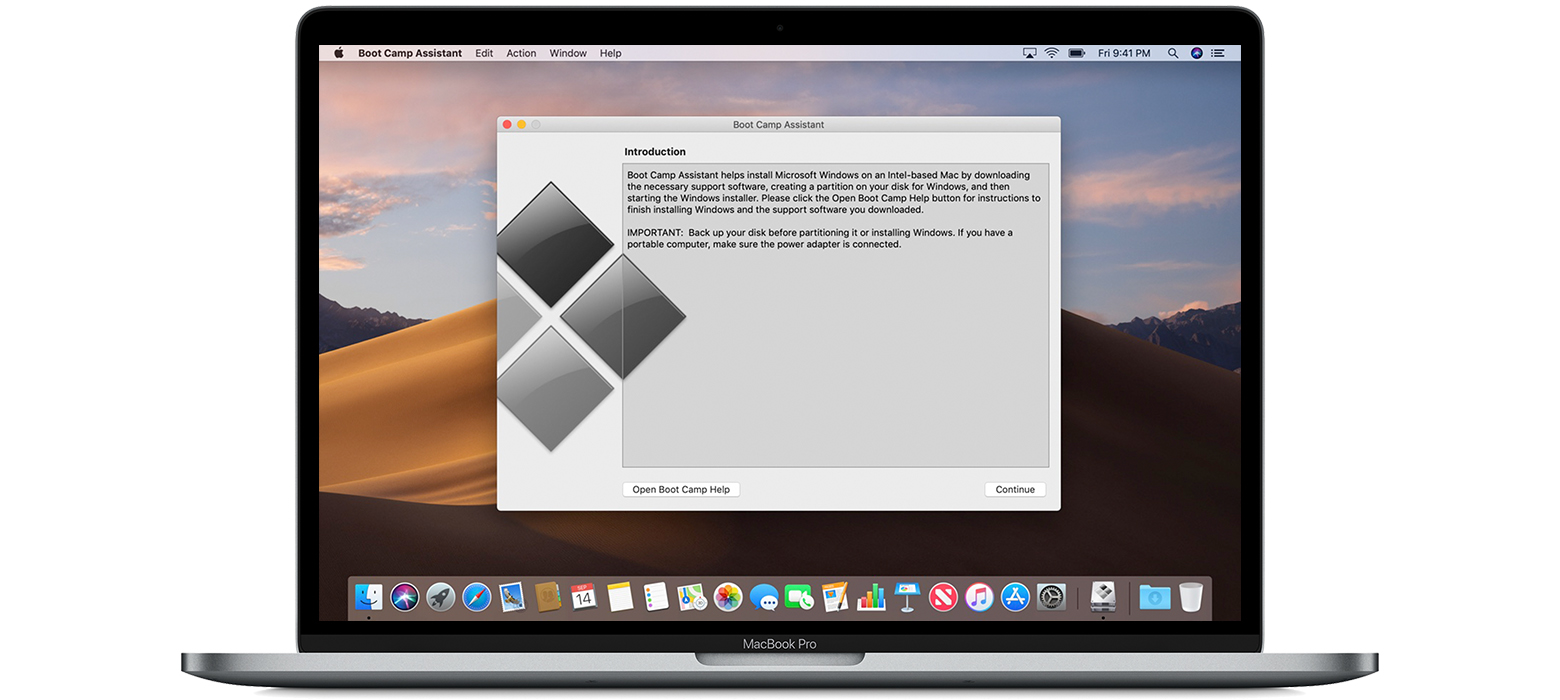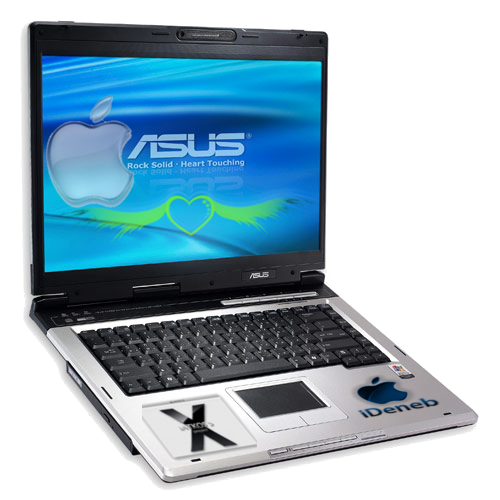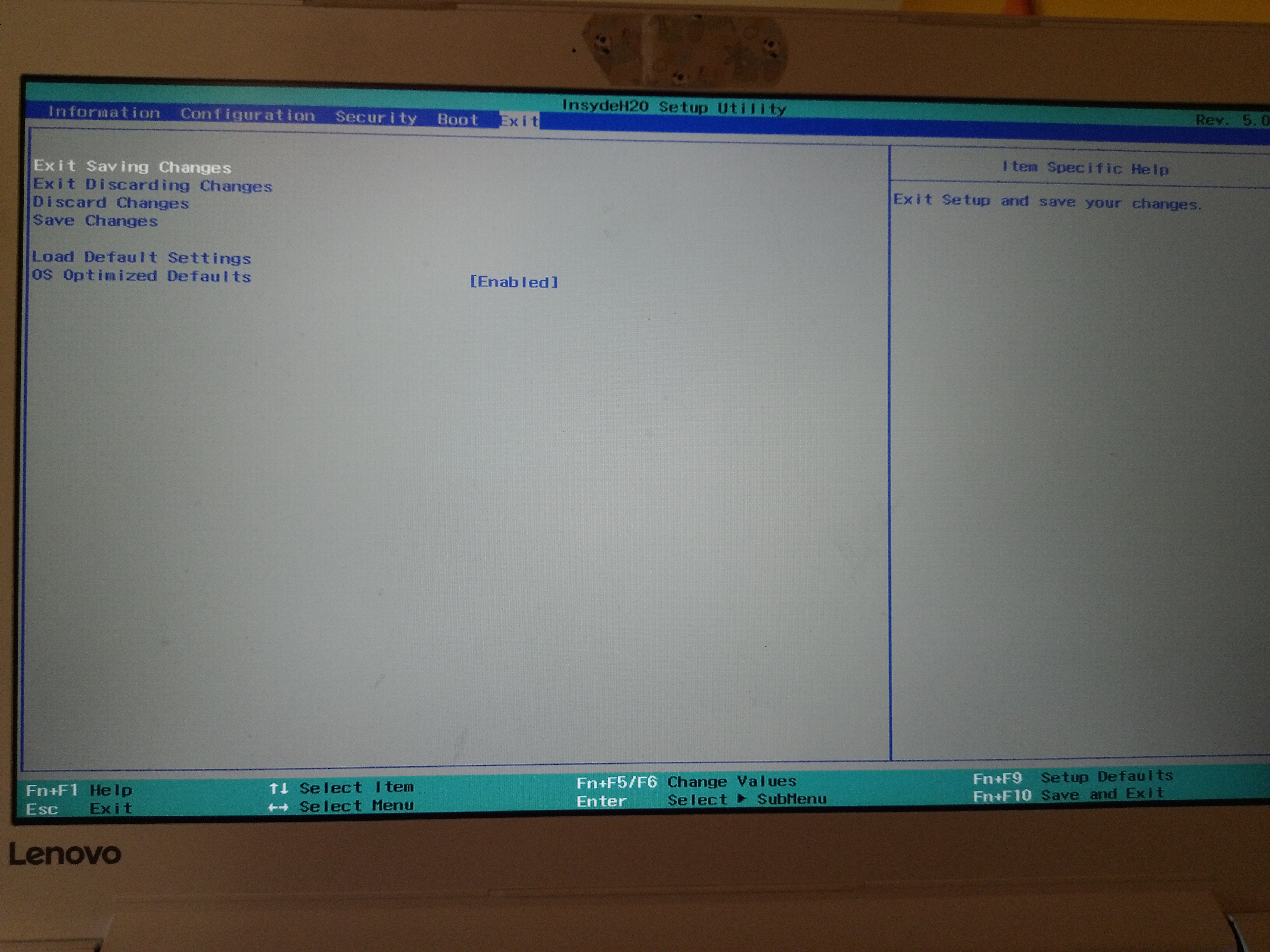Introduction Essentially, the BIOS (or UEFI) is the settings page for your computer's motherboard. From here, you can fiddle with how your computer hardware works- it's often necessary to change a few basic settings in the BIOS or UEFI to get Mac OS X up and running. The Basic Input/Output System (BIOS) is a very important software that loads the currently installed OS, and tests all of the system's hardware components – so make sure you flash it correctly. The Basic Input/Output System (BIOS) is a very important software that loads the currently installed OS, and tests all of the system's hardware components – so make sure you flash it correctly. Bear in mind that failing to perform a successful installation could seriously damage your device, and the. ASUS WebStorage ASUS WebStorage helps user backup data, sync file between devices and share data to friends. When thinking about configuring BIOS, the configuration depends on the bootloader that is being used, two known boot-loader for Hackintosh are Chameleon and Clover, Chameleon is a BIOS type boot-loader, Clover can be installed as UEFI boot-loader as well as BIOS type boot-loader.
Consider a situation where you enter the system BIOS to change the boot sequence. Upon entering BIOS, you realize that the internal SSD is not showing up. There are many possible reasons for this to occur such as a faulty data cable or a faulty SSD. Here, in this article, we cover the reasons for this error and potential solutions to resolve the same. Before moving ahead let us first understand the common scenario for the occurrence of this 'SSD not detected in BIOS' error
Causes for SSD not being detected?
Below listed are the common reasons for SSD not being detected
- Faulty or un-plugged Data cable
- Un-updated drivers
- Drive not enabled in the BIOS
- Faulty SSD drive
In the section below, you will learn the hassle-free methods to recover SSD not detected and resolve the issue effortlessly.
How to Recover SSD not detected?
Solution 1: Enable drive in BIOS
If your hard disk is not being detected in BIOS, it is possible that the drive has not been set up yet. To set up the drive, follow the steps below.
- ‘Restart' your computer and press the ‘F2' key or any key according to your PC
Bios Asus For Mac Os Catalina

Note: Different PC manufacturers use different keys to enter the system BIOS. If you have a Dell, F2 key is normally used to enter BIOS. Find out the key on your computer to enter BIOS and hit that particular key.
- This will open the ‘system BIOS'; go through the system documentation to check if the hard drive is turned ‘OFF'
- If it is ‘OFF', turn it ‘ON' in system setup
- After you have turned it ‘ON', restart your computer and enter ‘BIOS' again to check if your drive is detected and the problem is resolved.
If the drive is still not detected, there is a possibility that your drivers are not updated. To update drivers, go to the next step.
Solution 2: Update drivers
If the device drivers in your system are out-dated, there are chances that the hard drive may not be detected. To update device drivers, you can follow the steps below.
- Click on the ‘Start' menu and search for ‘Device Manager' and hit ‘Enter'
- Open ‘Device Manager' and identify your hard drive from the list
- Right-click on the hard drive and select ‘Update drivers'
- Then select ‘Searchautomatically for updated driver software'
This will update the device drivers automatically. However, if this doesn't help, you can also try ‘uninstalling the drivers'. To do this, right-click on your hard drive, click on ‘Uninstall' to uninstall drivers. Then restart your system and this will automatically ‘reinstall' drivers for you. Now enter ‘BIOS' and check if the drive is being detected. If not, proceed to the next step.
Solution 3: Replace data cable
Your SSD will not be detected if the data cable is damaged. It's hard to say if the cable is damaged just by looking at it externally. So, the easiest way to check if the cable is faulty is to replace the cable and check your SSD is being detected.
Solution 4: Check for issues with SSD
Mac Os Bios Key
If none of the above methods work, it's possible that your SSD is faulty. Faulty or damaged SSD can be a result of many reasons such as temperature and ventilation to the drive, a large number of bad sectors, etc. In this case, you may need to examine further to debug the issue.
Supported Systems Name Description Revision Number File Size Release Date Download Link iMac (Retina 5K, 27-inch, 2020) Boot Camp for Windows 10 Display Driver. Global Nav Open Menu Global Nav Close Menu; Apple; Shopping Bag +.


In most of the cases, one of the above methodologies will address the SSD is not detected. If your drive is severely corrupt or has bad sectors, formatting it may resolve the issue in some cases. A downside to formatting is that all data will be lost. If you have a backup, well and good!


Note: Different PC manufacturers use different keys to enter the system BIOS. If you have a Dell, F2 key is normally used to enter BIOS. Find out the key on your computer to enter BIOS and hit that particular key.
- This will open the ‘system BIOS'; go through the system documentation to check if the hard drive is turned ‘OFF'
- If it is ‘OFF', turn it ‘ON' in system setup
- After you have turned it ‘ON', restart your computer and enter ‘BIOS' again to check if your drive is detected and the problem is resolved.
If the drive is still not detected, there is a possibility that your drivers are not updated. To update drivers, go to the next step.
Solution 2: Update drivers
If the device drivers in your system are out-dated, there are chances that the hard drive may not be detected. To update device drivers, you can follow the steps below.
- Click on the ‘Start' menu and search for ‘Device Manager' and hit ‘Enter'
- Open ‘Device Manager' and identify your hard drive from the list
- Right-click on the hard drive and select ‘Update drivers'
- Then select ‘Searchautomatically for updated driver software'
This will update the device drivers automatically. However, if this doesn't help, you can also try ‘uninstalling the drivers'. To do this, right-click on your hard drive, click on ‘Uninstall' to uninstall drivers. Then restart your system and this will automatically ‘reinstall' drivers for you. Now enter ‘BIOS' and check if the drive is being detected. If not, proceed to the next step.
Solution 3: Replace data cable
Your SSD will not be detected if the data cable is damaged. It's hard to say if the cable is damaged just by looking at it externally. So, the easiest way to check if the cable is faulty is to replace the cable and check your SSD is being detected.
Solution 4: Check for issues with SSD
Mac Os Bios Key
If none of the above methods work, it's possible that your SSD is faulty. Faulty or damaged SSD can be a result of many reasons such as temperature and ventilation to the drive, a large number of bad sectors, etc. In this case, you may need to examine further to debug the issue.
Supported Systems Name Description Revision Number File Size Release Date Download Link iMac (Retina 5K, 27-inch, 2020) Boot Camp for Windows 10 Display Driver. Global Nav Open Menu Global Nav Close Menu; Apple; Shopping Bag +. Mac service and repair. Learn about AppleCare+ and the Apple limited warranty coverage, start a service request for your Mac, and find out how to prepare your Mac for service. Learn more about repairs. Explore the world of Mac. Check out MacBook Pro, iMac Pro, MacBook Air, iMac, and more. Visit the Apple site to learn, buy, and get support.
In most of the cases, one of the above methodologies will address the SSD is not detected. If your drive is severely corrupt or has bad sectors, formatting it may resolve the issue in some cases. A downside to formatting is that all data will be lost. If you have a backup, well and good!
Bios Asus For Mac Os 10.10
However, if your data is lost and there is no backup, Remo Recover is a great choice to recover data from a formatted SSD. Refer to SSD data recoveryfor more details.
Recover data from SSD drive not detected
Bios Asus For Mac Os High Sierra
Remo Recover is a reliable data recovery utility that can retrieve any lost, formatted, or deleted data from your SSD effortlessly. It scans your formatted SSD and restores all your data is only a few minutes.
Mac Os Bios
The tool is programmed with an advanced scan engine that can analyze from sector to sector in order to retrieve your valuable files. The software can also recover data from the bad sectors.
